The incredible ways we can tell how old ancient artefacts are
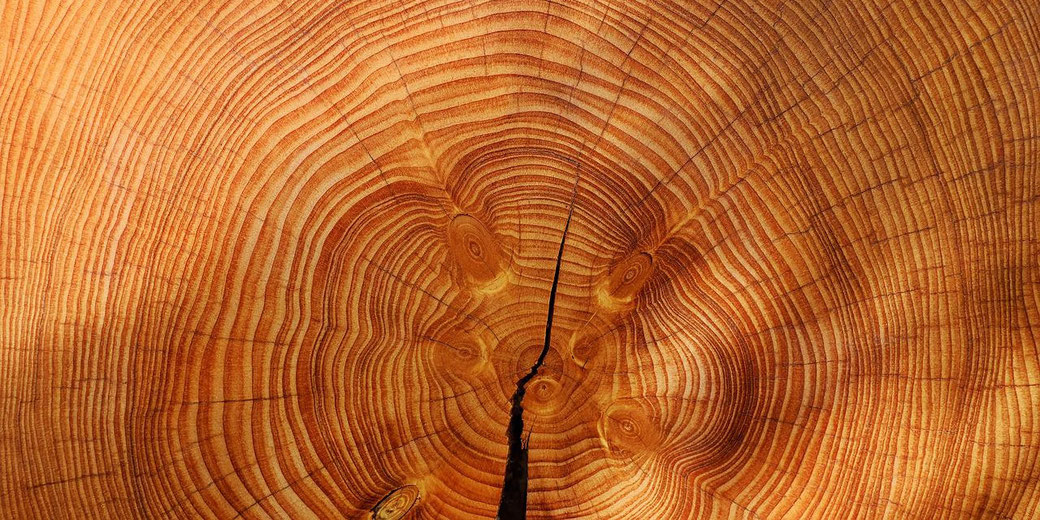
When digging up ancient artefacts during an excavation, archaeologists have a variety of approaches for dating archaeological sites or the items discovered there.
In particular, with the advent of absolute dating methods, such as radiocarbon dating and dendrochronology, scientists could pinpoint precise timelines for the first time.
The limitations of relative dating
In comparison, relative dating methods were less advanced compared to absolute dating.
In relative dating, archaeologists consider artifacts in relation to other artifacts found at the site.
This approach helps with putting an artifact's age into perspective, but it cannot provide you with the exact year of an object's creation.
For example, if an archaeologist finds a pottery shard, they can look at the type of clay and tempering used as well as cross-referencing that information with the style of pottery being produced in different time periods.
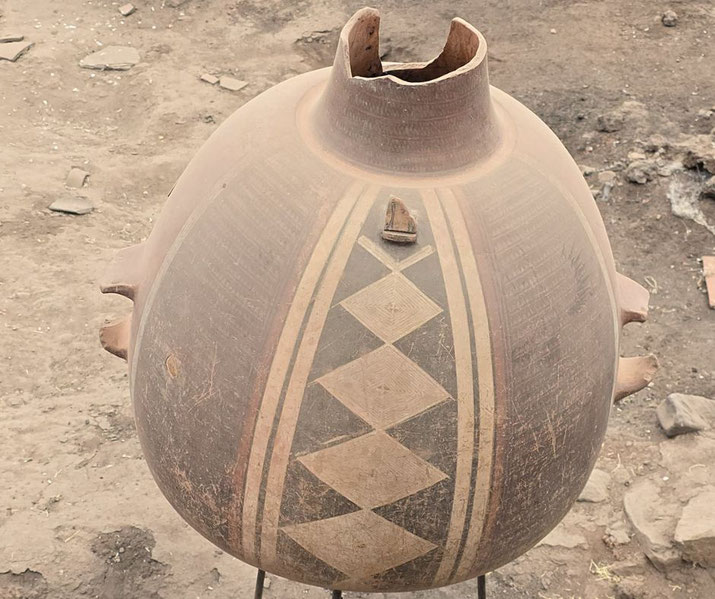
Absolute dating is a more precise method for dating archaeological sites or artifacts.
With absolute dating, archaeologists can assign a specific date instead of a general time period.
To do this, they use natural phenomena like tree rings, ice cores, and annual lake deposits.
The three main kinds of absolute dating techniques are radiocarbon dating, dendrochronology, and thermoluminescence.
Radiocarbon dating
Radiocarbon dating is the most common form of absolute dating. It was developed by Willard Libby in the late 1940s: a breakthrough for which he was awarded the Nobel Prize in Chemistry in 1960.
This method uses the naturally occurring radioactive isotope carbon-14 to estimate the age of organic materials like wood, charcoal, or bone up to 50,000 years old.
This method of dating relies on the fact that all living things exchange carbon with their environment.
Once an organism dies, it ceases to take in new carbon-14, and the amount of carbon-14 present in its remains decreases at a predictable rate over time.
By measuring the amount of carbon-14 remaining in a sample, archaeologists can determine when the sample died.
The half-life of carbon-14 is approximately 5730 years which means that every 5730 years, half of the original amount of carbon-14 will have decayed and can no longer be reliably measured.
The results of radiocarbon dating are expressed in years, with an acceptable margin of error.
For example, a test could state that an object was dating from "1030 ± 40 BP".
This means that it was alive 1030 years ago 'Before Present', with a potential range of error of 40 years before or after that date.
Since carbon 14 is almost all gone after 50,000 years, radiocarbon dating cannot be used for anything beyond this age.
However, some recent advancements in Accelerator Mass Spectrometry (AMS) have improved radiocarbon dating by allowing smaller sample sizes and more accurate results.
One famous application of radiocarbon dating was the analysis of the Dead Sea Scrolls, which helped to date these important religious manuscripts to around the 3rd century BCE to the 1st century CE.
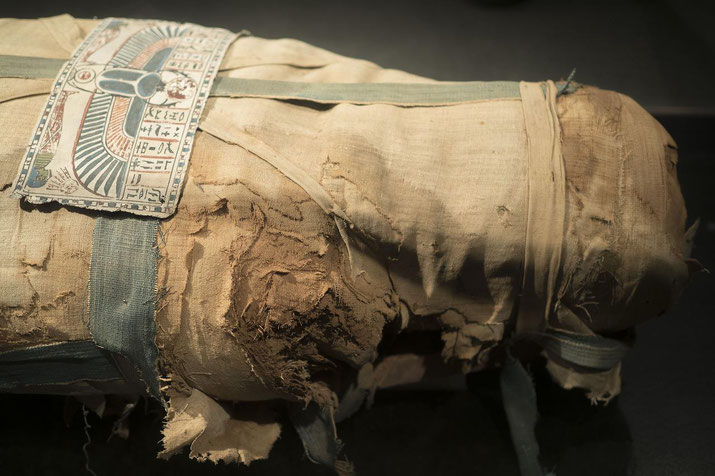
Dendrochronology
Dendrochronology is a form of absolute dating that uses tree rings to date wood and, as such, can be used on wood and other organic materials.
It was Andrew Ellicott Douglass, an American astronomer, who pioneered the method of dendrochronology in the early 20th century.
This technique works based upon that fact that trees produce a new growth ring each year.
Researched had noted that different environmental factors around the tree tended to create unique patterns in tree ring growth.
These factors include the amount of rainfall, temperature changes, and the amount of sunlight.
As a result, more sunlight and rainfall tended to produce thicker and darker coloured rings, while in times of drought, the rings tended to be thinner.
Therefore, when studying the changing thickness and colours of the various rings in a tree, archaeologists can see the unique history of the weather, year by year, in the area where the tree grew.
By studying the patterns produced by various trees in a particular area, archaeologists can develop a master chronology for that specific region.
This master chronology can be used to date other tree-ring samples from the same area with a high degree of accuracy.
The longest dendrochronology sequence in the world was found in the bristlecone pines of California, which extends back over 8,000 years.
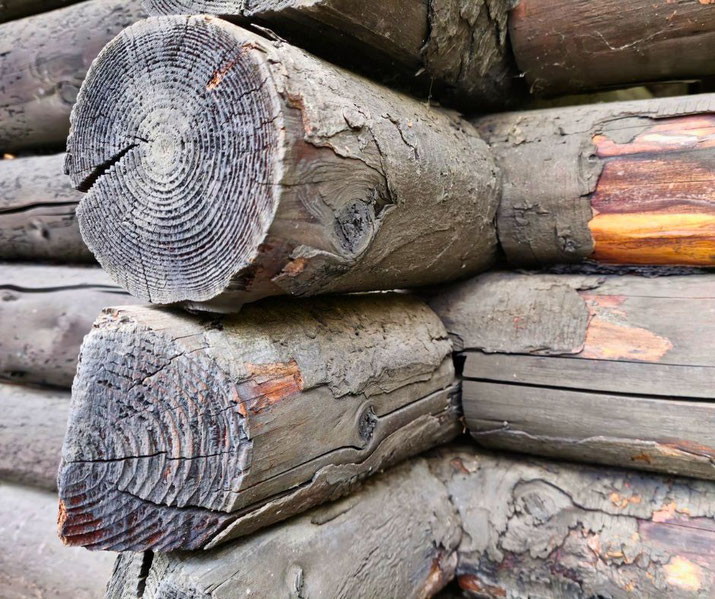
Dendrochronology is most frequently used with softwood species that are affected by changes in growth conditions, whereas hardwoods show considerably less variation in ring width.
As a result, archaeologists typically rely on dendrochronology to date any artifacts that contain wooden elements.
This can include wooden buildings, weapons, tools, and even boats: any object that humans cut down trees to build, as large planks would retain the tree ring pattern for researchers to study.
Famously, this dendrochronology technique was crucial in dating the construction of the ancient cliff dwellings at Mesa Verde National Park.
It was able to pinpoint their development to between 1190 and 1270 CE based upon the consistent pattern of rings observed in the wooden elements of their houses.
Dendrochronology has been used extensively in Europe and North America, but it is less useful in other parts of the world because there are fewer trees with long enough records to create a master chronology.
Thermoluminescence
Thermoluminescence is an absolute dating technique that can be used on certain minerals that are found in clay soils.
This method works by taking advantage of the fact that some minerals emit light when heated.
By measuring the amount of light emitted, archaeologists can determine how long ago the mineral was last heated.
Thermoluminescence relies upon the fact that some minerals, such as quartz and feldspar, trap radioactive elements from the atmosphere.
Over time, the amount of radiation increases at a steady rate.
However, when items that contain these minerals are heated, the radiation is released in the form of heat and light.
After the heating process is completed, the item has lost all of its radiation, and it slowly starts collecting it again.
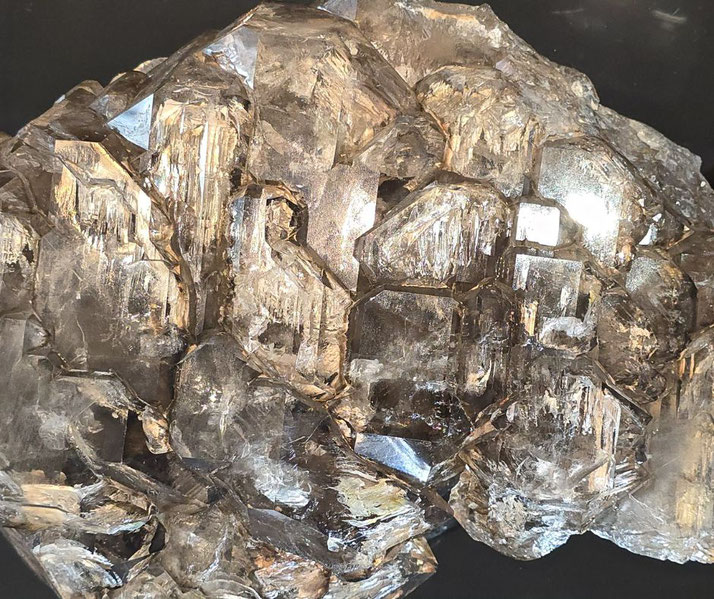
As a result, archaeologists can take a part of an artifact that contains traces of these minerals, such as clay, and heat it in a laboratory test to measure how much radiation has been trapped.
Once measured, it allows them to determine how long it has been since it was first put under heat.
This method has been used to date pottery, bricks, and other fired objects.
The main limitation of thermoluminescence is that it can only date objects that have been heated at some point in their history.
Also, thermoluminescence is an incredibly complex process. To achieve a solid result a single pottery sample, it requires up to 75 sub-samples to be used.
As a result, the process also causes the partial destruction of the artifact in order to produce these samples.
Further reading
What do you need help with?
Download ready-to-use digital learning resources
Copyright © History Skills 2014-2025.
Contact via email
With the exception of links to external sites, some historical sources and extracts from specific publications, all content on this website is copyrighted by History Skills. This content may not be copied, republished or redistributed without written permission from the website creator. Please use the Contact page to obtain relevant permission.





